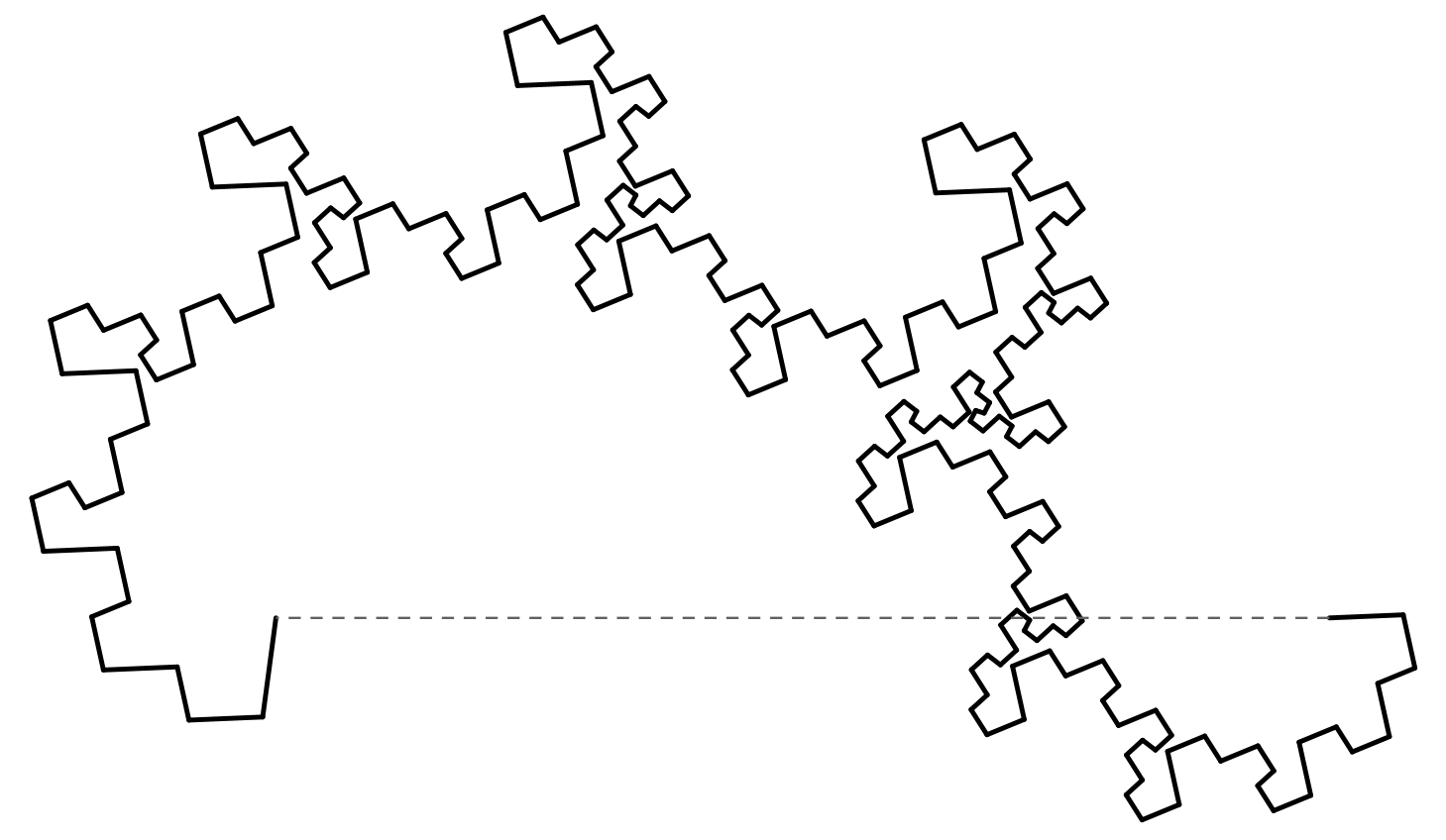
Linear Algebra & Applications
2201NSC
Week 8 - Vector Spaces

Problem 1
Establish whether the following are vector spaces
- The set of all polynomials of the form $ax^3 - ax + b$
- The set of all vectors $(x_1,x_2,x_3)^T$ such that $x_1+x_3=1$
- The set of all vectors $(x_1,x_2,x_3)^T$ such that $x_1=x_2+x_3$
- The set of all complex numbers of the form $a + 2i$.
Problem 1 (cont.)
- The set of all polynomials of the form $ax^3 - ax + b$
Problem 2
Determine whether the following sets of vectors are linearly independent
- $\xx_1=(1,-1,2)^T,\ \xx_2=(-2,3,1)^T,\ \xx_3=(-1,3,8)^T$
- $\xx_1=\begin{pmatrix}1 & 0 \\ 0 & 1\end{pmatrix},\ \xx_2=\begin{pmatrix}0 & 2 \\ 0 & 0\end{pmatrix},\ \xx_3=\begin{pmatrix}2 & 3 \\ 0 & 2\end{pmatrix}$
- $\xx_1=1,\ \xx_2=e^x+e^{-x},\ \xx_3=e^x-e^{-x}$
- $\xx_1=1-x^2,\ \xx_2=2x^2,\ \xx_3=3$
Problem 2 (cont.)
a. $\xx_1=(1,-1,2)^T,\ \xx_2=(-2,3,1)^T,\ \xx_3=(-1,3,8)^T$
Problem 3
Find a basis for the parts of Q1 that represent vector spaces.
Problem 4
State why none of the following can be a basis for the stated vector space.
- $\left\{(1,-1)^T,(-2,1)^T,(-1,3)^T\right\}$ as a basis for $\R^2$
- $\left\{1-x, x^2-1, x^2-x\right\}$ as a basis for polynomials of degree 2 or less.
- $\left\{x^2-x,1+x,x^2+1,x^2-1\right\}$ as a basis for polynomials of degree 2 or less.
- $\left\{(1,-1,2)^T,(-2,3,1)^T,(-1,3,8)^T\right\}$ as a basis for $\R^3$
Problem 4 (cont.)
a. $\left\{(1,-1)^T,(-2,1)^T,(-1,3)^T\right\}$ as a basis for $\R^2$
Problem 5
Amend the sets of vectors given in the previous question to turn them into bases for the stated vector space.
Problem 6
Rewrite the following vector in terms of the basis provided
- $(1,2)^T$ using the basis $\left\{(1,-1)^T,(-2,1)^T\right\}.$
- $(1,0,0)^T$ using the basis \[\left\{(1,-1,2)^T,(-2,3,1)^T,(-1,3,1)^T\right\}.\]
- $\sinh 2x$ using the basis $\left\{e^{-2x}, e^{-x}, 1, e^{x}, e^{2x}\right\}$.
- $x^2$ using the basis $\left\{1-x, x^2-2, x^2-x\right\}.$
Problem 6 (cont.)
- $(1,2)^T$ using the basis $\left\{(1,-1)^T,(-2,1)^T\right\}.$
Problem 7
Give a basis and dimension for the column space, row space, and null space of the following matrices:
| (a) $\,\begin{pmatrix}1 & 3 & 2 \\ 2 & 1 & 4 \\ 4 & 7 & 8\end{pmatrix}$ | (c) $\,\begin{pmatrix}1 & 0 & 2 & 1 \\ 0 & 1 & 1 & 4 \\ 0 & 2 & -1 & -1\end{pmatrix}$ |
| (b) $\,\begin{pmatrix}1 & 3 & 2 \\ 2 & 1 & 4\end{pmatrix}$ | (d) $\,\begin{pmatrix}1 & 1 & 0\\ 1 &0 & 1 \\ 0 & 0 & 1\end{pmatrix}$ |
Problem 7 (cont.)
| (a) $\,\begin{pmatrix}1 & 3 & 2 \\ 2 & 1 & 4 \\ 4 & 7 & 8\end{pmatrix}$ |
Problems 8 & 9
8. Prove that if $\xx_1$ and $\xx_2$ are linearly independent vectors in $\R^4$ and $A\in\R^{4\times 4}$ is nonsingular, then $A\xx_1$ and $A\xx_2$ must also be linearly independent.
9. Prove that if $\v_1,\ldots,\v_k$ are vectors in vector space $V,$ and $ \text{Span}(\v_1,\ldots,\v_k) = \text{Span}(\v_1,\ldots,\v_{k-1}),$ then the vectors $\v_1,\ldots,\v_k$ are linearly dependent.